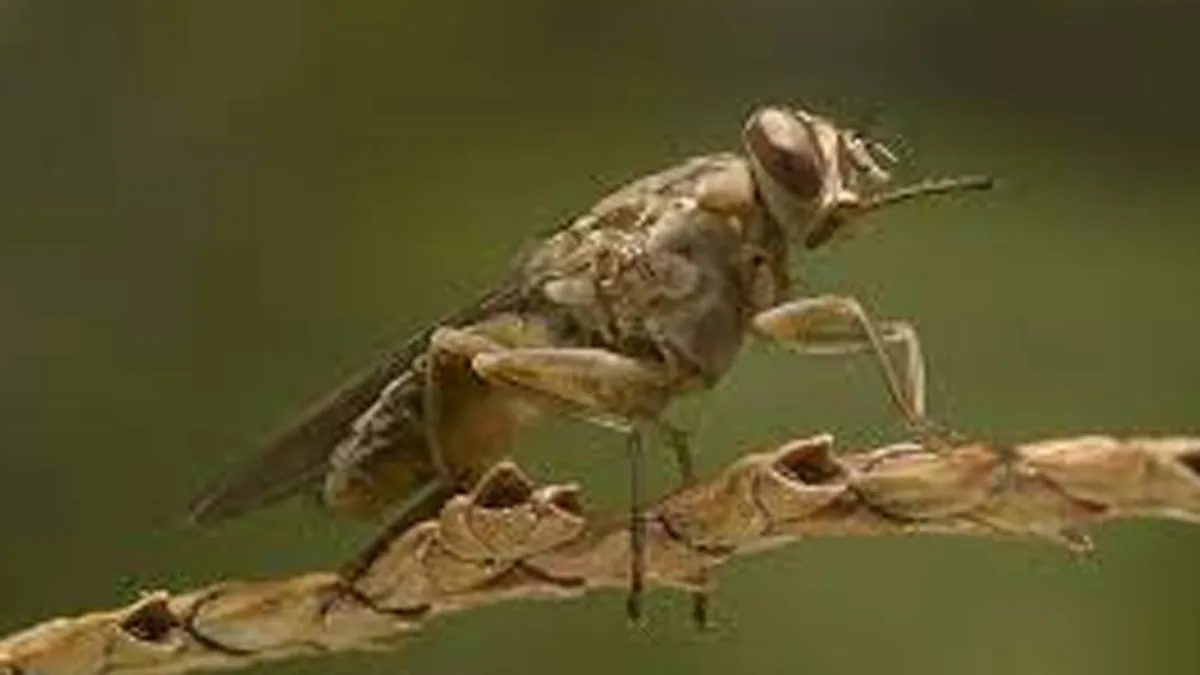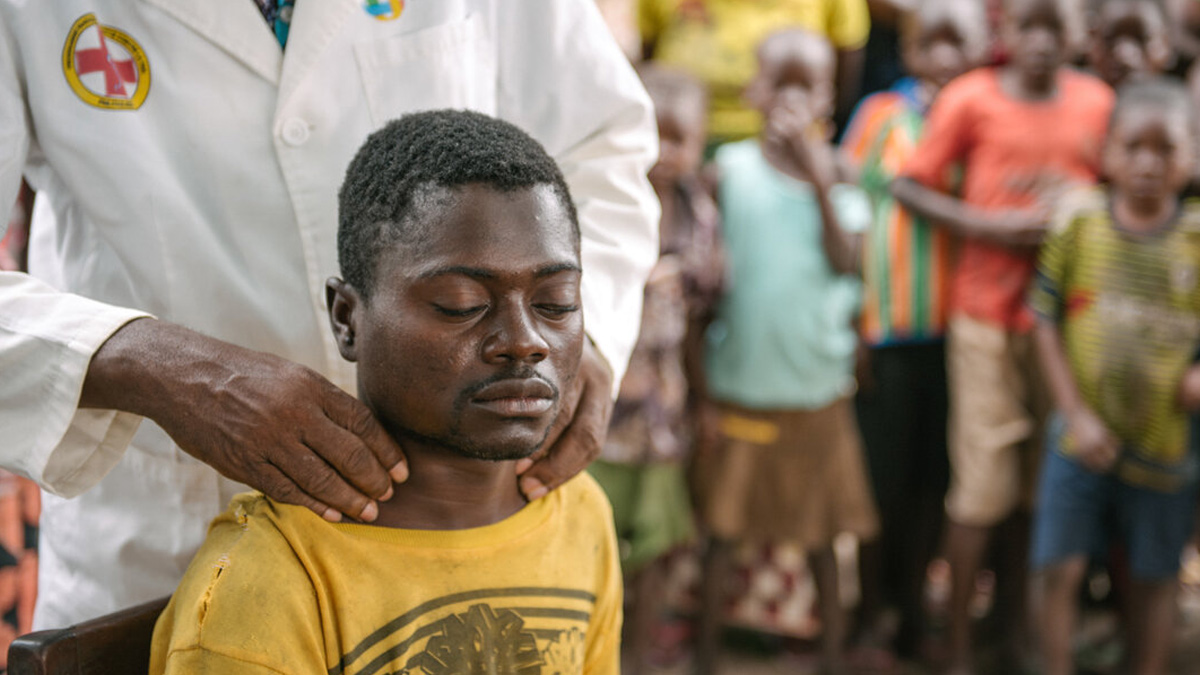
Sleeping sickness, or African trypanosomiasis, is emerging as a global health concern as scientists warn of its potential to spread beyond Africa. Traditionally confined to sub-Saharan Africa, the disease disrupts sleep patterns, causes severe neurological symptoms, and can lead to death if left untreated. With recent studies revealing mutations in the parasites responsible for the disease, experts are urging increased vigilance and preparedness.
Table of Content:-
What Is Sleeping Sickness?
Sleeping sickness is caused by the Trypanosoma parasites transmitted to humans and animals by infected tsetse flies. Early symptoms include fever, headaches, and joint pain. As the disease progresses, patients experience severe insomnia at night coupled with excessive daytime drowsiness. Without treatment, the condition leads to confusion, psychosis, aggressive behaviour, and eventually death.
The disease is typically mild in its initial stages but can rapidly worsen, underscoring the importance of timely diagnosis and treatment.

New Study Raises Global Concerns
A groundbreaking study published in Nature Journal highlights how genetic mutations in the Trypanosoma parasites are enabling the disease to spread beyond its traditional geographic range. Researchers from the University of Edinburgh discovered that these parasites are no longer reliant on tsetse flies for transmission. Genetic mutations have simplified the parasite's life cycle, allowing direct infection of animals and potentially humans. Strains of these evolved parasites have already been detected in parts of Asia, South America, and southern Europe.
Also Read: US Flu Cases Spike Ahead of Holidays: CDC Warns Low Vaccination Rates Could Worsen Outbreak
Professor Keith Matthews, one of the study's authors, stated: "Trypanosomes have found ways to expand their geographic range by excluding the tsetse fly from their life cycle. These molecular changes allow us to detect emerging parasites that pose a threat to both cattle and humans." This evolution is attributed to factors like climate change and human interventions to control tsetse fly populations. As the parasites adapt, the risk of global spread increases.
Mapping Parasite Evolution with Gene Editing
Using advanced gene-editing technology, researchers examined over 80 parasite samples from various regions. By creating a “family tree” of the parasites, they identified mutations in key genes that facilitate this evolutionary leap. The findings suggest that ongoing environmental changes and human actions could inadvertently accelerate the spread of these virulent parasites.

Recognizing the Symptoms of Sleeping Sickness
Early detection is critical for managing trypanosomiasis. Symptoms vary across individuals but may include:
- Swollen, discoloured skin bumps.
- Recurrent fever and chills.
- Headaches and muscle pain.
- Skin rashes and anaemia.
- Swollen lymph nodes and facial swelling.
- Daytime drowsiness and nighttime insomnia.
- Confusion and difficulty walking or talking.
If untreated, the disease can progress to seizures, coma, and death.
Also Read: Autism Spectrum Disorder Among Top 10 Causes Of Non-Fatal Health Burden: Study
Treatment and Cure
While sleeping sickness is curable, the type of treatment depends on the stage of the disease and whether it has spread to the brain or cerebrospinal fluid. Common treatments include:
- Suramin: Effective in early stages.
- Fexinidazole: A newer treatment option.
- Corticosteroids: To alleviate swelling and joint pain.
Healthcare providers emphasize completing the full course of antibiotics to prevent recurrence, which can be more challenging to treat.
Bottomline
The evolving nature of Trypanosoma parasites presents a significant public health challenge. Surveillance systems must adapt to detect these changes and mitigate risks. Global health organizations need to invest in research, develop rapid diagnostic tools, and ensure access to effective treatments.
As sleeping sickness poses a growing threat, the need for heightened awareness, early diagnosis, and robust prevention strategies cannot be overstated.
Also watch this video
How we keep this article up to date:
We work with experts and keep a close eye on the latest in health and wellness. Whenever there is a new research or helpful information, we update our articles with accurate and useful advice.
Current Version